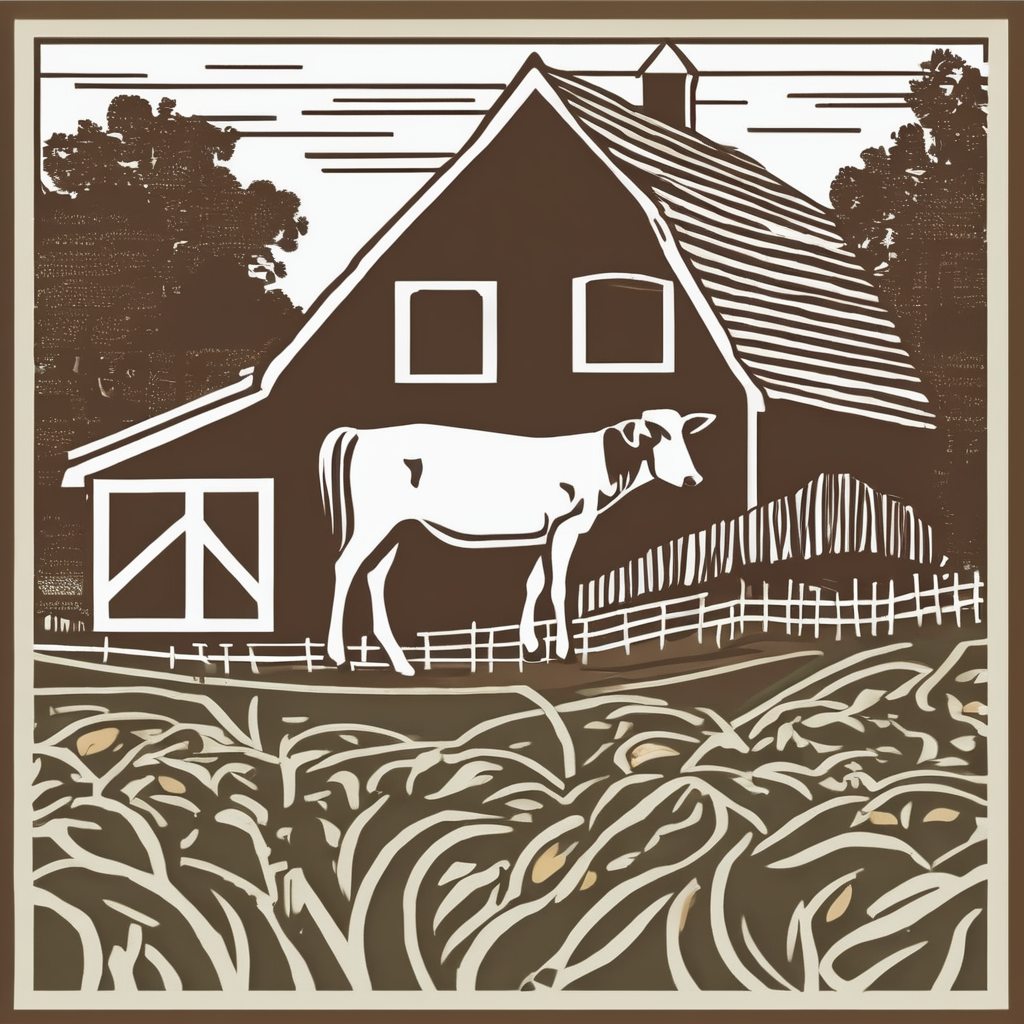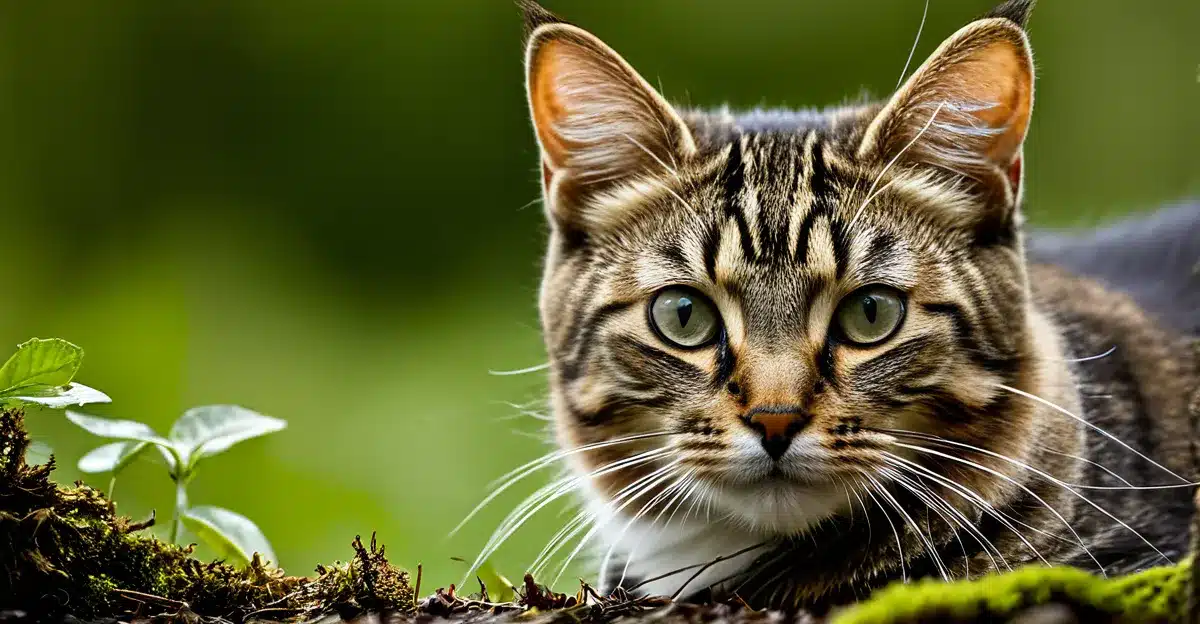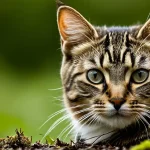Effects of Cats on UK Wildlife Populations
Small text here.
The impact of cats on UK wildlife is substantial and well documented in various conservation reports. Domestic and feral cats together contribute significantly to wildlife decline, with predation rates affecting native species across multiple groups. Studies indicate that cats kill millions of birds, small mammals, and reptiles annually, exerting considerable pressure on vulnerable populations.
This might interest you : Why Are Cats So Fascinated by Boxes?
Birds are among the most affected, with ground-nesting and small songbirds particularly at risk. Small mammals such as voles and shrews also suffer heavy losses, disrupting local ecosystems. Reptiles like slow worms are preyed upon, reducing their already fragile numbers. According to data from UK conservation organisations, cat population estimates range in the millions, correlating with the scale of predation observed.
Understanding these impacts is crucial for conservation efforts aimed at mitigating wildlife decline. For example, targeted measures like controlled cat access to sensitive habitats have shown promise. Such detailed evidence from conservation reports underscores the urgent need to balance pet ownership with wildlife protection, ensuring native species can thrive alongside domestic cats in the UK.
Also to discover : How Do Cats Show Affection to Their Owners?
Ecological Consequences of Cat Predation
Understanding the ecological impact of cats is vital when assessing their role in UK ecosystems. Domestic and feral cats often hunt native wildlife, causing significant biodiversity loss. They disrupt local ecosystems by reducing populations of small mammals, birds, and reptiles, leading to a domino effect on the food chain. For instance, as key prey species decline, predators that rely on them struggle, altering the entire food web.
One pressing concern is the long-term impact on vulnerable and endangered species. Many native UK species, such as certain ground-nesting birds, face increased risks of extinction due to cat predation. This predatory pressure affects not only individual animals but also the genetic diversity and resilience of populations.
Moreover, cats can cause changes in biodiversity and natural balances by preferentially hunting specific species, which reshapes community structures. This can lead to the overgrowth or decline of certain plants and animals, further destabilizing ecosystems. Addressing the ecological consequences of cat predation requires informed awareness and practical measures to safeguard the UK’s natural heritage.
Expert Analysis and Current Research
Insights from expert perspectives on cats in the UK reveal a complex relationship between domestic cats and wildlife. Leading conservationists emphasise that while cats provide companionship, their predation on birds and small mammals is a valid concern for wildlife conservation research UK. Studies consistently show cats kill millions of birds annually, prompting calls for targeted management strategies.
Recent scientific studies in the UK highlight several key findings. One significant study quantified the impact of free-roaming cats on local bird populations, demonstrating a notable decline in vulnerable species. Another research effort focused on the effectiveness of cat curfews and indoor confinement during peak wildlife activity hours, suggesting these measures reduce predation rates.
Researchers interpret these trends as evidence of the delicate balance needed between pet ownership and wildlife protection. Ongoing research priorities include developing non-lethal cat deterrents and promoting owner education to mitigate unintended ecological harm. Advances in technology, such as GPS tracking and camera monitoring, are also being leveraged to better understand cats’ hunting behaviour in urban and rural environments.
Understanding these expert insights is crucial for informed public policy and responsible cat ownership, blending compassion with conservation goals.
Responsible Pet Ownership and Mitigation Strategies
Responsible pet ownership plays a crucial role in reducing the impact of cats on wildlife. Pet owner responsibility involves actively managing cats to balance their well-being with wildlife protection. One effective cat management approach is keeping cats indoors or establishing curfews that limit outdoor access during peak hunting times, such as dawn and dusk. This practice not only safeguards local wildlife but also protects cats from accidents and diseases.
Preventive tools like collars with bells or brightly colored designs can alert birds and small mammals to a cat’s presence, reducing successful hunting attempts. These tools support wildlife protection strategies by giving potential prey a chance to escape. While not completely foolproof, they serve as practical, easy-to-implement measures.
In the UK, legislation and conservation campaigns highlight the importance of responsible cat ownership. Although there are currently no laws mandating indoor-only policies, guidance encourages pet owners to consider wildlife impacts, promoting coexistence through education. Organizations offer resources on cat management and wildlife conservation, aligning pet owner responsibility with environmental efforts. Embracing these strategies demonstrates a proactive approach that benefits cats, wildlife, and communities alike.


